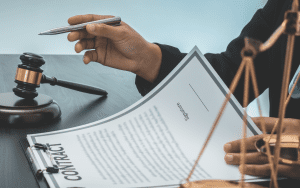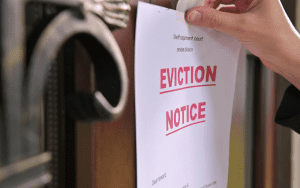When it comes to protecting the rights of children, South Africa is considered to be one of the forerunners in legal progress and development. At the end of August 2020, The Children’s Amendment Bill (the Bill) was proposed, which aims to strengthen the child protection system beyond its current scope in The Children’s Act 38 of 2005.
Below follow a few of the noteworthy changes proposed:
Changes in the scope of children protected
The proposed amendments would protect all children currently located in South Africa, regardless of citizenship, where currently only child-citizens are protected.
Better children’s privacy and protection of information
In the wake of an array of conundrums relating to information and privacy (especially how information is captured and utilised in the technological age), the protection of information and privacy is an evolving worldwide concern and new legislature is regularly being produced to protect people. In the case of the Bill, the protection of privacy and information relating to children is brought into focus.
Changes to the rights of unmarried fathers
Currently, an unmarried father only enjoys full parental responsibilities and rights if he is living with the mother at the time of birth (in a permanent partnership), or if he has made a significant contribution to the child’s upbringing/maintenance while having been identified as the child’s father. The proposed amendments in Section 21 of the Act would change this qualification to award full parental responsibility and rights with regard to the child if the unmarried father was living with the mother at any point between conception and birth as well.
Greater focus on Early Childhood Development
Changes are proposed to include disabled children in the definition of Early Childhood Development (ECD), while also requiring the government to develop a national strategy that will ensure a well-resourced, coordinated, well-managed, and inclusive ECD system. Some other changes related to the implementation of this strategy will affect provincial requirements to prioritise ECD programs and provide the opportunity for more resources to be set aside for ECD initiatives in rural, underserved, or poverty-declared wards.
Greater safeguards for children in need of care and protection
Definitions regarding children who are considered “in need of care and protection” could be updated to include “an unaccompanied migrant child from another country”, a child who “has been sold by a parent caregiver or guardian” or “a victim of trafficking”. The changes further aim to improve the care and provision for abandoned and orphaned children.
Amendments to temporary safe care
The changes proposed in the Bill would mean that a court order must be issued to place a child in temporary safe care for more than 72 hours and that temporary safe care may not exceed 6 months. Children placed into such care will not have to appear before the children’s court if they attempt to flee within 48 hours of being put into such care, as long as their social worker assesses the child and tries to ascertain why the child fled from their place of safety.
Prioritised protection of abducted children
Delays in the judicial process related to the abduction of a child are proposed to be eliminated as far as is possible by ensuring a faster, safe return to home as to minimise trauma and minimise the risk of adverse adaption to a foreign environment.
Health considerations to be made for confirming surrogacy
Changes are proposed to Chapter 19 of the Children’s Act, which would mean that more attention will be paid to the health and age of the parents commissioning the surrogacy as well as that of the surrogate mother, thereby protecting the future welfare of the child.
The changes mentioned above are not exhaustive, with many minor updates also proposed in the Bill (although it largely pertains to the updating of definitions). We are keeping an eye out on the process and should the need arise, our Family Law attorney will be able to assist you in this regard.
Reference List:
- https://www.news24.com/parent/child_7-12/heres-how-the-proposed-changes-to-the-childrens-act-will-affect-parents-20201210
- https://www.parliament.gov.za/bill/2292549
This article is a general information sheet and should not be used or relied on as legal or other professional advice. No liability can be accepted for any errors or omissions nor for any loss or damage arising from reliance upon any information herein. Always contact your legal adviser for specific and detailed advice. Errors and omissions excepted (E&OE)
















